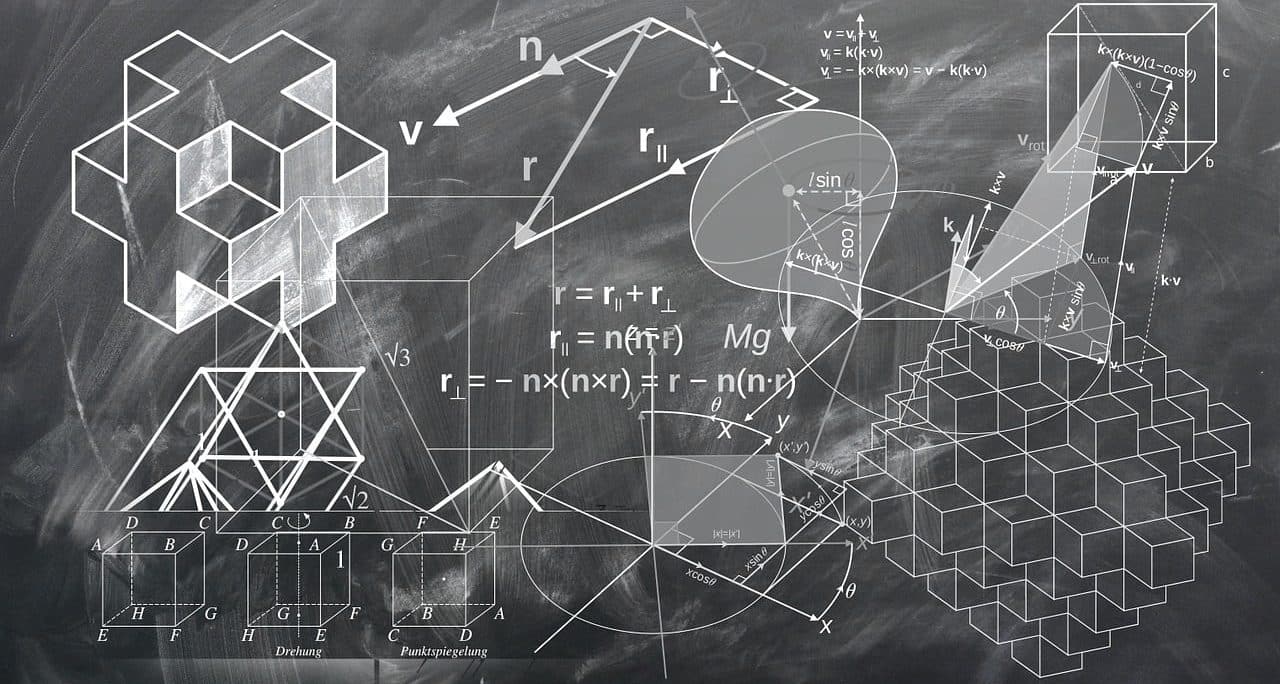
An obtuse angle measures more than 90º.
An obtuse angle is one that measures more than 90º and less than 180º . The angles of 92º, 105º, 136º, 161º and 179º, for example , are obtuse.
To thoroughly analyze what the concept means, we must examine the etymological origin of the two words that give it shape:
- Angle is a term from the Greek ankulos ( "crooked" ), which later resulted in the Latin word angulus .
- Obtuso comes from the Latin obtusus , which can be translated as "clumsy" and is the result of the sum of two clearly differentiated parts: the prefix ob- , which means "against" , and the adjective tusus , which is synonymous with "hit" .
Characteristics of obtuse angles
Angles are geometric figures that are formed from two rays that originate from the same vertex , or from two lines that are on the same surface and intersect each other. According to their characteristics, we can differentiate between numerous types of angles.
One of the most common ways to classify angles is according to their amplitude. In this context, obtuse angles appear, which are formed from the union at a vertex of two rays and there are various ways to measure it. However, among the most common are using an angle protractor or resorting to using a combination of the bevel and the square .
Obtuse angles have greater amplitude than null angles (which measure 0º), acute angles (greater than 0º and less than 90º) and right angles (90º). On the other hand, they have a smaller amplitude compared to flat angles (180º) and perigonal angles (360º).
Other classifications frame obtuse angles between oblique angles (since they are not right) and convex angles (they are smaller than a straight angle ).

Obtuse angles appear in different geometric figures.
Its presence in different geometric figures
Different geometric figures have obtuse angles. An example is the obtuse triangle , which has one obtuse angle and two acute angles. Obtuse triangles, in turn, are oblique triangles because they do not have any right angles.
Continuing with these classifications, obtuse angle triangles can be isosceles (the obtuse angle is formed by two equal sides, while the third is larger) or scalene (the three sides measure differently, even those that make up the obtuse angle).
It is important to know that, on many occasions, obtuse angles are often confused with the so-called reflex angles . These have the peculiarity that they can measure the same as those mentioned, but they differ in that the reflections are formed in what is the outer part of the figure .
